
CAREER AT A GLANCE (More to come)National tours: Elf: The Broadway Musical (Walter), Memphis (Simmons), Catch Me If You Can (1st National – Roger). Recent regional: Gypsy (Herbie – Phoenix Theatre), Color of Stars (Alfred – Childsplay), Hairspray (Edna – Arkansas Rep), Baby (Alan – Arizona Broadway). Education: BFA in Theatre Performance from Arizona State.
2011 ariZoni Awards
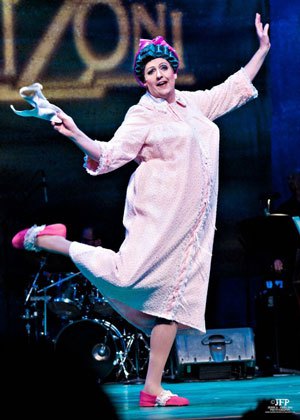
2011. Childsplay. “Lily’s Purple Plastic Purse.”
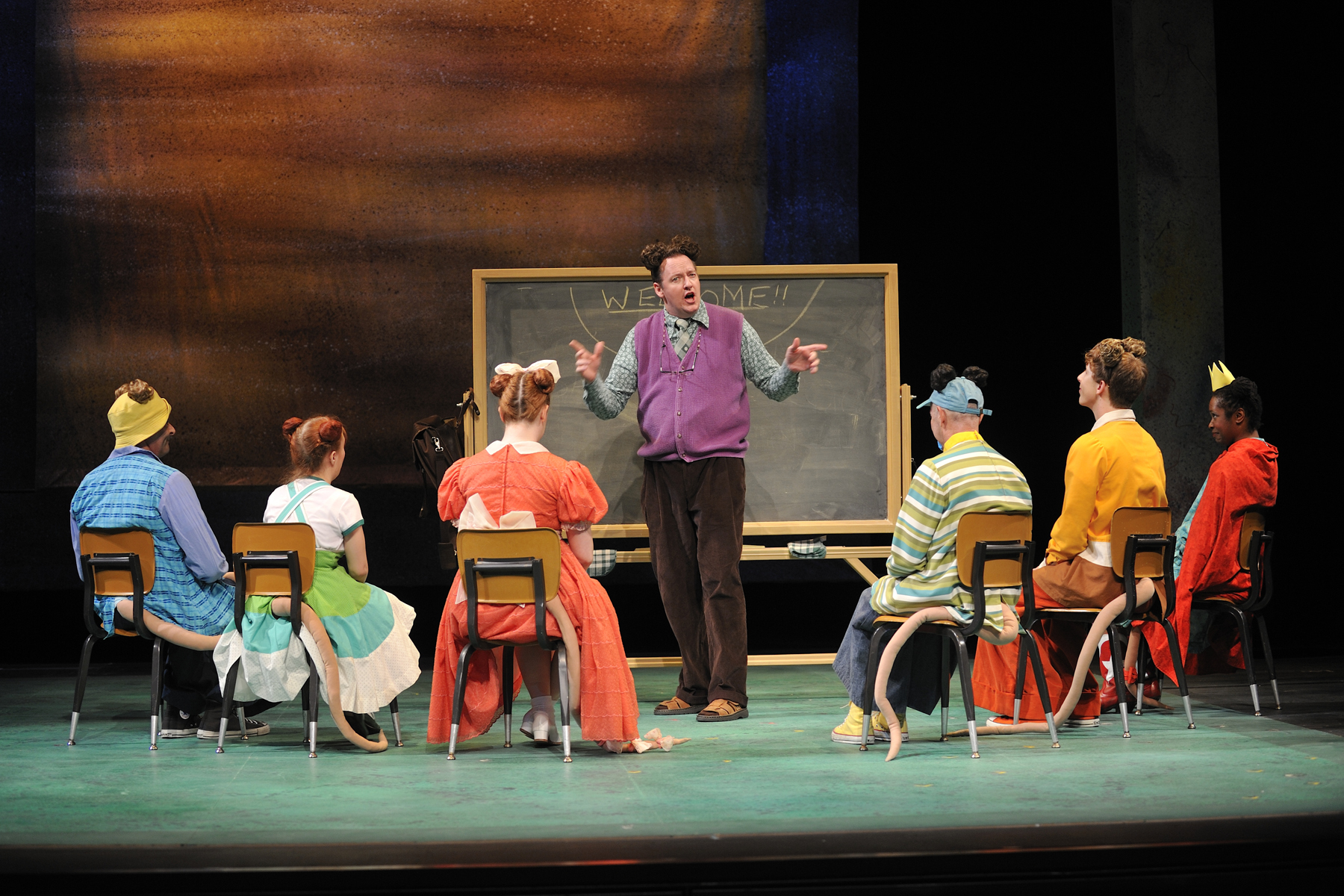
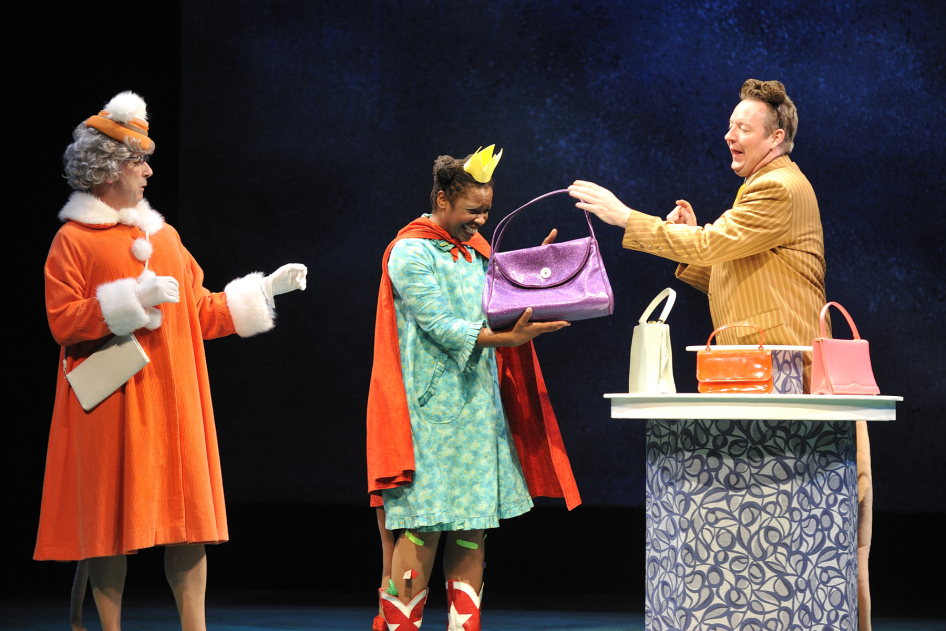
2011. Childsplay. “The Color of Stars“
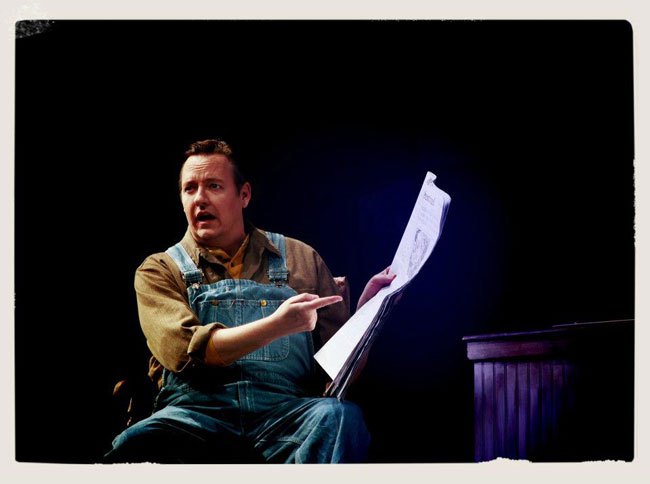
2010. Phoenix Theatre. “Hairspray“

2010. Childsplay. “A Year with Frog and Toad“
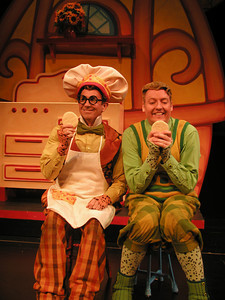
2008. Childsplay. “A Tale of Two Cities“
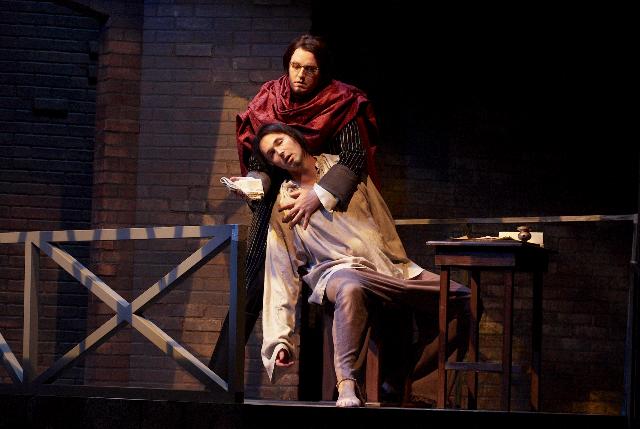
MARCH, 1999. Childsplay. “Island of the Blue Dolphins”
Review by Kyle Lawson, Arizona Republic
Island of the Blue Dolphins is crammed with the sort of derring-do that moves boys to the edge of their seats. Girls, too, since the Childsplay production at the Herberger Theater Center features a plucky heroine in place of the usual hero.
The swashbuckling action and rustic humor are complemented by moments of great visual beauty. Waves crash against the shores of a remote northern island. A sailing ship plunges into a storm. Panoramic sunsets transform themselves into basins of stars.
All this pales beside the play’s scenes of violence. Marauding otter hunters massacre the inhabitants of a native village in a stylized, strobe-lighted ballet. Later, a pack of wild dogs surrounds a boy who has no place to run. As the dogs lunge, the lights dim. When they come up, the youth’s body lies crumpled against the rocks.
It is a cruel message. The world is a wondrous, savage place, and children are at its mercy. To some adults in the audience, it seems shockingly grim.
This is where Childsplay separates itself from other children’s troupes. Director David Saar and his ensemble of actors refuse to take the easy route. They challenge their viewers to confront the demons of childhood, in this case, death, feelings of loss and the terror of being alone, and perhaps to learn a lesson or two about dealing with them.
Take the killing of the boy. Playwright Brian Burgess Clark, working from the Newbery Medal-winning book by Scott O’Dell, asks his audiences to look beyond the horror to contrast the boy’s death with the slaughter of his family at the hands of the hunters.
The hunters murdered the natives out of greed and hatred. The dogs killed because their pups were hungry. Is the dogs’ behavior different from that of the tribe, which kills birds and sea creatures to feed and clothe itself?
There is a natural order to things, Clark seems to suggest, even if it is harsh. To survive, children must learn to live in harmony with it. Sophisticated reasoning is required here, but the beauty of it is that the youngsters in Childsplay’s audiences get it. Sometimes, their parents have to help, but that’s the point. Theater, the best theater, starts conversations.
After the massacre, the survivors abandon the island. Eleven-year-old Karana and her young brother are left behind. After the boy’s death, Karana grows to womanhood, with only the ghosts of her ancestors and the island’s animals as companions.
She survives, learning by instinct and trial and error how to bend the elements and the wildlife to her will. She befriends a wild dog and, later, a Russian girl who comes to the island with other hunters. Slowly, she purges herself of her fears and bitterness, and comes to accept the world that God has given her. When she is rescued and taken to a distant mission station, she realizes that her experiences have made her strong. She has taken responsibility for her life.
Alejandra Garcia, an actress of Mexican descent, navigates this journey with charm and considerable skill. Smart, feisty, yet fearful and vulnerable, her final triumph is sweet, especially for the girls in the audience who rarely see this kind of role model on stage.
The remainder of the Childsplay ensemble play numerous roles. All are good, but Debra K. Stevens’ Russian girl is a standout, along with Jon Gentry’s and D. Scott Withers’ comic sailors.
The real stars here are the production’s designers. Rebecca Akins’ costumes, made entirely from feathers and natural fibers, are stunning, as is Paul Black’s atmospheric lighting, with its swirling patterns that help audiences track the passing years. Gro Johre contributes another of her imaginative scenic designs, evoking wave-eroded island ledges, windswept promontories and smoky, incense-filled churches. Frances Cohen, artistic director of Center Dance Ensemble, makes a notable Childsplay debut with several abstract ballets inspired by native dances.
Like all Childsplay productions, Island of the Blue Dolphins improves as children and parents discuss it in the car on the way home and over the breakfast table the next morning. In the theater, it provokes wonder, laughter and – fair warning – moments of genuine fright. It is afterward, with the aid of recollection, that one realizes it also has shed a little light on a dark world.
